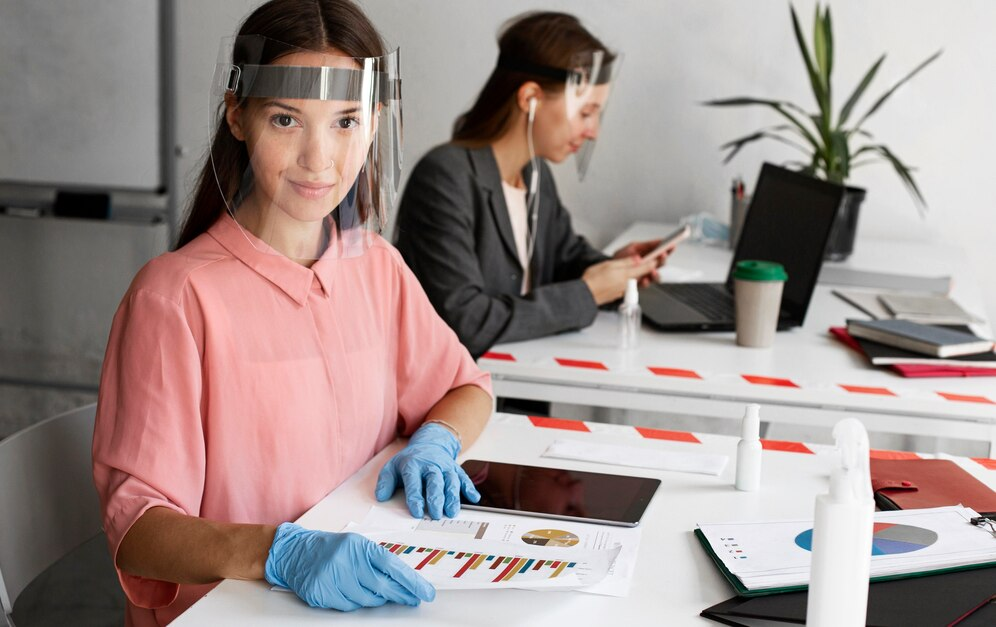Introduction
In the bustling city of New York, the safety and well-being of its residents are paramount. With increasing awareness of environmental hazards, lead testing has become a crucial aspect of maintaining healthy living environments. This article delves into the latest advancements in XRF lead testing services in NYC for the year 2024.
Importance of Lead Testing in NYC
Lead contamination poses significant health risks, especially in densely populated urban areas like New York City. From old paint in residential buildings to industrial emissions, various sources contribute to lead exposure. Timely and accurate lead testing is essential to identify and mitigate these risks, safeguarding public health.
Evolution of XRF Technology
Traditional Lead Testing Methods
Historically, lead testing involved labor-intensive procedures such as sample collection and laboratory analysis. While effective, these methods often suffered from long turnaround times and logistical challenges.
Advantages of XRF Technology
X-ray fluorescence (XRF) technology has revolutionized lead testing by offering rapid, non-destructive analysis. Utilizing handheld devices, XRF instruments emit X-rays to determine the elemental composition of materials, including lead content. This real-time capability enhances efficiency and convenience, making XRF an attractive choice for various applications.
Applications of XRF Lead Testing Services
XRF lead testing services find widespread use across diverse sectors:
- Residential Buildings: Assessing lead levels in paint, water pipes, and soil.
- Commercial Establishments: Ensuring compliance with regulatory standards for workplace safety.
- Industrial Sites: Monitoring lead contamination in manufacturing processes and waste management.
Regulatory Standards and Compliance
Government regulations mandate strict limits on lead exposure in residential, commercial, and industrial settings. Compliance with these standards is essential to avoid fines, legal liabilities, and, most importantly, protect public health.
Key Features to Look for in XRF Lead Testing Services
When choosing XRF lead testing services, several factors merit consideration:
- Accuracy: Ensuring precise measurement of lead levels.
- Precision: Consistency and repeatability of results.
- Speed: Rapid analysis to minimize downtime.
- Accessibility: Availability of certified professionals and state-of-the-art equipment.
Innovations in XRF Technology for 2024
The year 2024 brings forth exciting advancements in XRF technology:
- Enhanced Portability: Smaller, lighter devices for increased maneuverability.
- Improved Sensitivity: Higher detection limits for trace element analysis.
- Integration with Digital Platforms: Seamless data management and reporting through software integration.
Benefits of Adopting Advanced XRF Lead Testing Services
Embracing advanced XRF lead testing offers numerous advantages:
- Cost-Effectiveness: Reduced operational expenses and faster project turnaround.
- Time Efficiency: Instantaneous results enable swift decision-making.
- Enhanced Safety: Minimized exposure to hazardous materials for technicians and occupants alike.
Case Studies and Success Stories
Real-world examples highlight the efficacy of XRF lead testing in identifying and mitigating lead hazards, underscoring its importance in public health initiatives.
Future Trends in XRF Lead Testing Services
Looking ahead, ongoing research and development promise further improvements in XRF technology, with emphasis on enhancing sensitivity, accuracy, and user-friendliness.
Challenges and Limitations
Despite its myriad benefits, XRF lead testing may face challenges such as limited detection capabilities for certain materials and regulatory complexities. Addressing these issues requires continuous innovation and collaboration within the industry.
Importance of Professional Expertise
While XRF technology streamlines lead testing processes, professional expertise remains indispensable for accurate interpretation of results, ensuring reliable data analysis and informed decision-making.
Conclusion
In conclusion, the latest technology and innovations in XRF lead testing services represent a significant advancement in safeguarding public health and environmental sustainability. By leveraging the capabilities of XRF technology, stakeholders in NYC can effectively identify and mitigate lead hazards, contributing to a safer and healthier community.
FAQs
- How does XRF technology work?
XRF instruments emit X-rays to analyze the elemental composition of materials, including lead content, providing real-time results. - Is XRF lead testing safe?
Yes, XRF lead testing is safe when performed by trained professionals following established safety protocols. - Can XRF instruments detect lead in all materials?
While XRF technology is highly versatile, its detection capabilities may vary depending on the material and sample preparation. - What are the regulatory standards for lead exposure in NYC?
NYC follows stringent regulations set by federal and state agencies, specifying permissible levels of lead exposure in various settings. - How often should lead testing be conducted in buildings?
Lead testing frequency depends on factors such as building age, renovation history, and regulatory requirements. It’s advisable to consult with experts for personalized recommendations.




